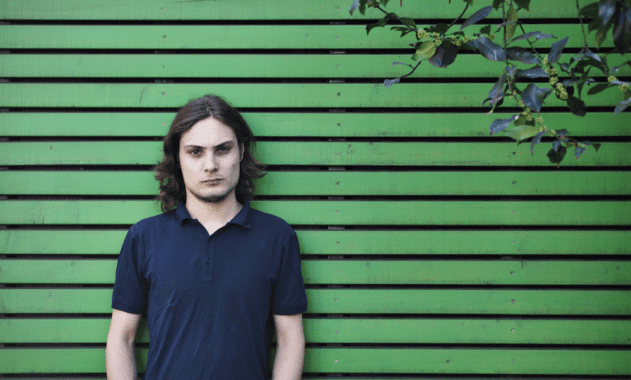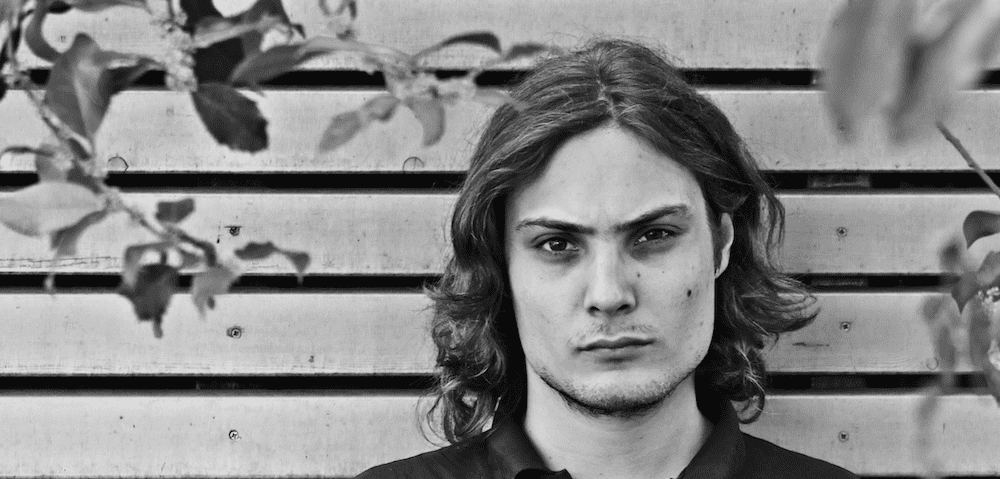Danilo Plessow’s jazz-influenced approach to making deep house has resulted in some of the most emotive dance music of the last few years. We caught up with him for a chat about production and his love of record hunting.

When Motor City Drum Ensemble emerged on the house scene over the course of 2007 and 2008, you would have been forgiven for assuming the name on the record sleeve was a reference to Detroit. Many of Danilo Plessow’s releases could easily be filed alongside Michigan natives such as Moodymann, Theo Parrish and Omar-S, but the Motor City in question here isn’t in the US Midwest but south western Germany; 27 year-old Danilo hails from the German motor city of Stuttgart, home to Porsche and Mercedes-Benz.
With the sample-based Raw Cuts series on his own MCDE label, Plessow showed an exceptional ear for sample chopping and a maturity of sound which belied his age (the earlier Raw Cuts releases were made when he was barely into his twenties). With further releases on 20:20 Vision and Studio !K7, plus an outstanding contribution to the latter’s DJ-Kicks series, Danilo has continued to develop the Motor City Drum Ensemble sound since the final Raw Cuts release in 2009.
We caught up with him for a chat about the way hardware influences his approach to making music, the influence of hip hop on his work and why you can’t fake the funk.
Attack: You’ve spoken before about your love of hardware. What kind of gear are you using most at the moment and how does that help determine the outcome of the project?
Danilo Plessow: I’m looking to achieve a certain sound and attitude with my records and I just find certain hardware makes it much easier for me to get that. Lately I’ve been trying to get away from the computer as much as possible and work a lot with the E-mu SP-12, for example.
Your Raw Cuts series was almost entirely sample-based, which obviously played a major role in shaping the sound. Has that happened with the hardware itself on more recent projects? Do you start with a few pieces of equipment and then see where they lead you, or do you start with a musical idea and choose equipment to fit it?
You can have all the gear in the world and still make mediocre music, so its not about that – you have to know where you want to go. With Raw Cuts, I had a very clear vision and could just lose myself completely in the music. So I’d say that the idea or the mood you are in comes first, and then you choose whatever instrument you want to express yourself with.
Music for me has always been a very important way to channel my feelings, and I’ve learnt that this is by far the most important thing regarding the results. I’ve gained more knowledge from sampling and therefore discovering new music than from playing any synth – and I guess it’s this knowledge of music that determines my sound most.
You’ve mentioned that you were a big fan of sample-based hip hop as a teenager and then your introduction to house came from producers who also used a lot of samples. Was that a large part of the inspiration for Raw Cuts?
I grew up on hip hop and black music from the 60s and 70s. Jazz, soul, funk… This for me is the basis and still the most resourceful and rewarding music there is. Moodymann, Pal Joey, MAW and DJ Sneak were the first artists I discovered fusing house with these elements and they have definitely been a major influence.
But I take as much inspiration from a Pete Rock record as I did from them. Raw Cuts was about doing house in a 90s hip hop way and that’s still my forte I guess, sampling and that rough edge to it.
There also seems like there might be a bit of a Theo Parrish influence in your work?
I discovered him a couple of years later. What’s most inspiring about Theo for me is his DJing, the deep knowledge of music and his ability to mix records decades apart from each other and still keep the groove.
